Dark shadows of disaster linger over Thai fishing village 15 years after Boxing Day tsunami
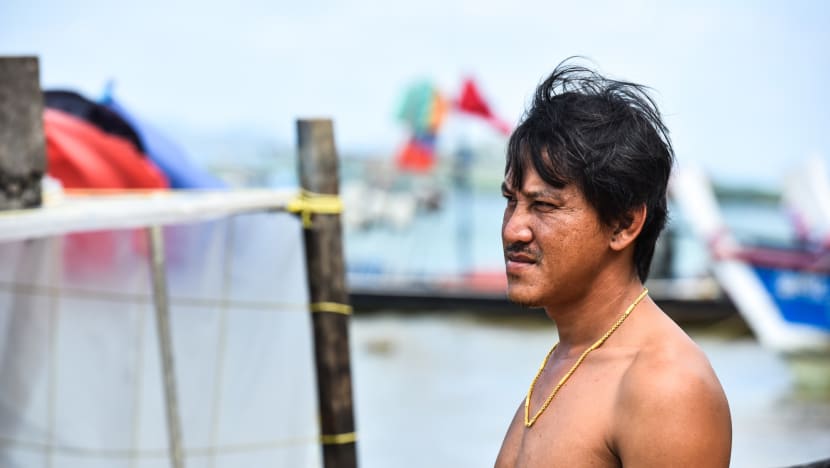
Yutthapong Saetang relies on the dwindling fishing industry in tsunami-struck Ban Nam Khem to survive. (Photo: Jack Board)
BAN NAM KHEM, Thailand: “There was no wind on that day. Everything was so still. The fish didn’t take the bait,” begins Songkram Pha-opas. The 75-year-old is sitting close to the shoreline of Ban Nam Khem, a small fishing village adjacent to the sparkling Andaman Sea.
Today, it is quiet. The sea is gentle and boats pass leisurely with modest catches. Most days are like this. Fifteen years ago though, things were very different.
On December 26, 2004, an Indian Ocean tsunami triggered by a 9.1 magnitude earthquake caused widespread destruction in coastal areas of Indonesia, Thailand and Sri Lanka, killing about 230,000 people. In Thailand’s Phang Nga province, entire communities were swept away, claiming more than 5,300 lives. Ban Nam Khem bore much of the sea’s fury.
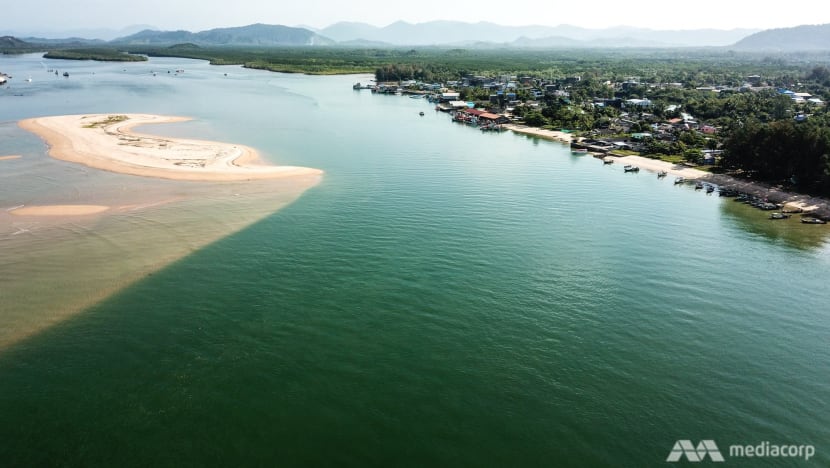
There is still pain attached to the memory of this day, for Songkram and everyone who survived, whether they remain in the village or not. Each anniversary is an emotional trigger for those who wish to forget but know they cannot.
“There was barely any wave moving under our boat. But when we looked out, we could see giant waves that were as high as these trees. They came very fast. We headed out to the sea. If we didn’t leave, we wouldn’t have survived,” the retired fisherman continued.
“When we came back, everything was gone, swept away. It was very dark. There used to be a lot of restaurants at this spot. All gone. My house wasn’t there anymore. Nothing was there. I was shocked because we had nothing left.
“I also saw bodies. Many of them. They were people I knew. They were lying around. That’s one of the most depressing sights I have ever seen. I feel very sorry for them. My daughter-in-law and her baby died. It took us months to find her and we never found the baby.”
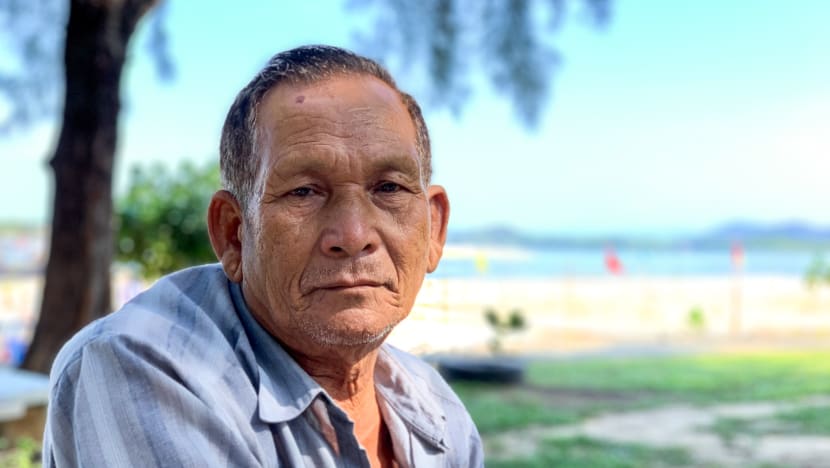
Ban Nam Khem is home to a memorial that holds the names and photos of many of the victims, locals and foreigners alike. Many name plaques are empty and only a handful are adorned with flowers. It is a symptom of the time passed and the souls still missing.
At the nearby tsunami cemetery, the gates are locked and guard posts unoccupied. Locals say there are very few visitors to the spot these days. Hundreds of headstones are marked only by a number - the names are still unknown. Thailand’s Disaster Victim Identification unit successfully identified thousands of victims, but these ones are destined for perpetual anonymity as those operations wound down, years ago.
“For some people, it triggers the sadness in their hearts,” said local fisherman Yutthapong Saetang. He was 17 when the tsunami struck. “Some of them are alone and lost everyone. I think when you have lost a loved one, you will always remember it.

But locals like Yutthapong are adamant that forgetting - moving on - would be counterproductive to the lessons learned from those despairing times. “If we don’t talk about it or tell the story, other people won’t know about it. If we don’t talk about it and it really happens again, they won’t know what to do.”
Maitree Jongkraijug, Ban Nam Khem’s Tsunami Victim Network coordinator, understands the pain intimately - 40 of his cousins died in the disaster - but believes there is merit in marking the occasion each year.
“If we don’t think about loss, then we won’t have any opportunity to be aware. This is very important,” he said.
“I lost people, too. I lost a lot from my career, family, relatives and my father. But I feel that the anniversary event is a way to raise awareness for people who faced losses not to forget, in order to be ready and respond in the future.”
It is a sentiment echoed in many ways by authorities trying to future-proof communities that naturally might grow complacent about the risks of disasters.
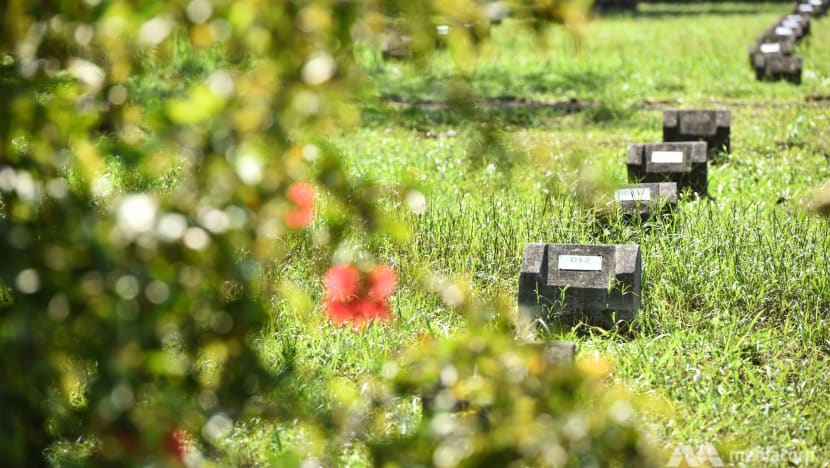
EMERGENCY PREPARATIONS
Since the disaster, Thailand and many other Indian Ocean-facing countries have helped develop emergency measures to prevent the same kind of mass casualties witnessed in 2004. In Thailand, an early warning system, including warning towers and tsunami detection buoys, and evacuation centres remain on standby.
Annual disaster drills in local communities are designed to familiarise the public with actions that would save their lives. Disaster preparation efforts focus on knowledge and communication. When the tsunami hit 15 years ago, people had never heard of the phenomenon.
“We do not remain actionless. Now, people are so active when it comes to disaster response because they learnt from the past,” said Amornthep Preekham from Phang Nga Provincial Office of Disaster Prevention and Mitigation.
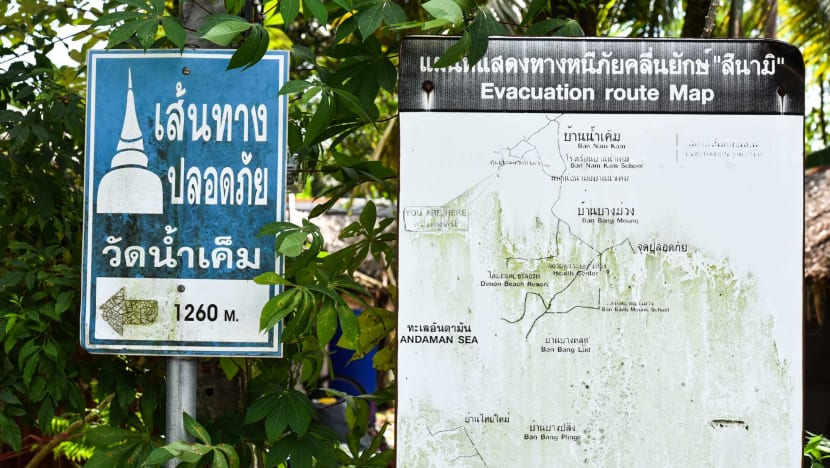
But even Amornthep admits that the system is not perfect, especially when it comes to critical evacuation routes mapped out in the aftermath of the tsunami. “Now, there are buildings, houses and businesses built on the routes, which might destroy the evacuation routes, or change them,” he said. “We need to mobilise and fix these evacuation routes and make them up to date.”
For Maitree, this is also a pressing problem. “They are the old routes and small. There’s no new route and there’s no plan to support this,” he said.
Still, he predicts that 95 percent of people in Ban Nam Khem would survive if a tsunami hit today. “People in this village learn, are aware, and ready. We have a volunteer team, boats, warning sirens and other tools and equipment,” he said.
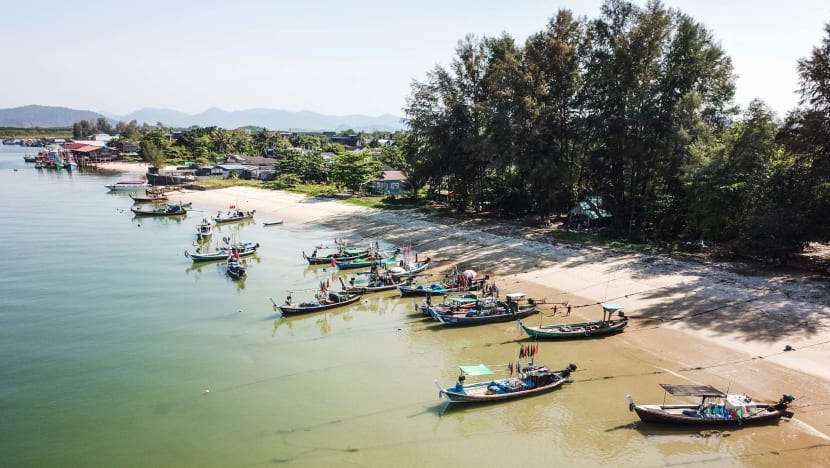
Although experts say the chance of another powerful earthquake impacting southern Thailand in the near future is remote, other disasters in the region serve as reminders for people not to be complacent.
The tsunami that hit Palu in Indonesia in 2018 was a timely reminder of the dangers of this kind of disaster for Thailand. Local administrative organisations throughout Phuket and Phang Nga around the time announced reviews into their disaster plans and re-commenced evacuation drills in tourist areas, which had lapsed over the years.
The tourist industry was essentially wiped away by the waves in Phang Nga but has gradually recovered over the years as fear subsided and infrastructure returned. Yet, there are visible gaps in disaster warnings and procedures for these visitors. One large coastal resort visited by CNA had no information about what action to take in the event of a tsunami alert.
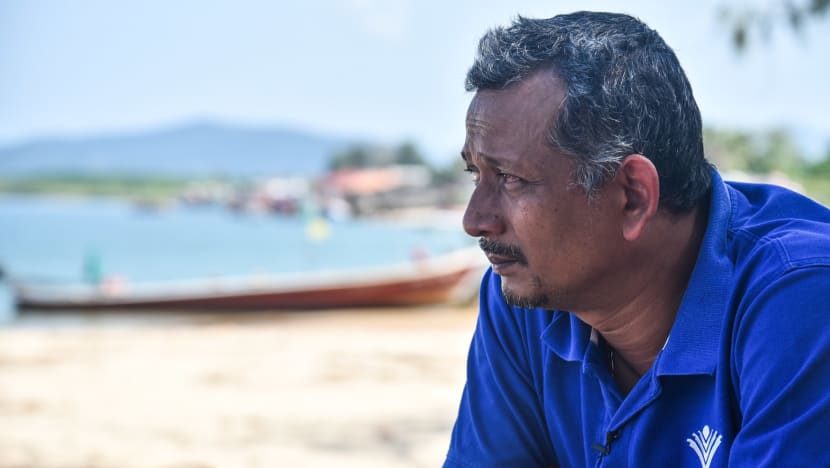
LIVING IN A DYING VILLAGE
For all the physical and spiritual recovery, Ban Nam Khem has never been the same since 2004. After the mass and immediate dislocation of its population - the deaths, disruption and disorder - now slow decay has set in. Ban Nam Khem has fallen into a spiral of decline.
About 900 families left or were relocated after the tsunami and the strong binds of community have been irrevocably cut.
“Life was better before the tsunami. We could fish and economy was good. After the incident, many people stopped doing fishing. Some people stopped because they got old, like me. Young people work in hotels now. Some people lost everything to the waves, so they don’t fish anymore,” Songkram said.
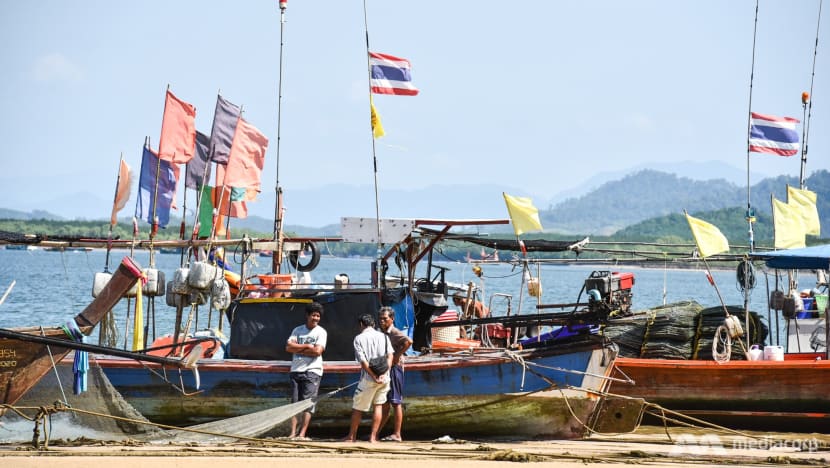
“When people move out, it means that the economy is deteriorating a lot. This makes the community less vivid and it becomes lonesome. When it comes to jobs, the economy, income and social matters, everything has changed,” Maitree added.
Those who have remained until now, like Banlue Chusin have no plans to leave. The 54-year-old now works as a security and maintenance worker at the seaside tsunami memorial.
“I have put deep roots here in Ban Nam Khem. I don’t think of going anywhere or doing something else,” he said.
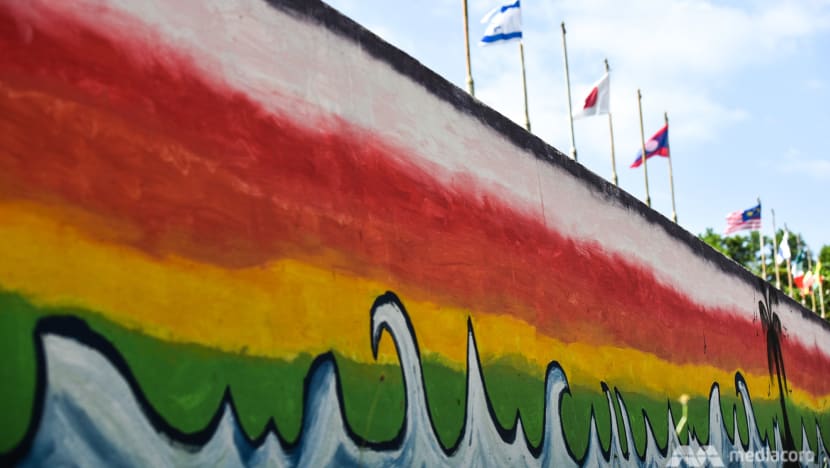
The new generation in the village knows nothing different, of the days when boats filled the harbour and large families stayed together like they had for generations. Children who were born after the calamity are only told of a dark day in the past and are warned to watch the horizon for the great waves that might sweep through.
“I constantly tell my daughter to be careful. It’s hard telling her sometimes. At the very least, she will know how to survive and get away from it,” said Yutthapong Saetang.
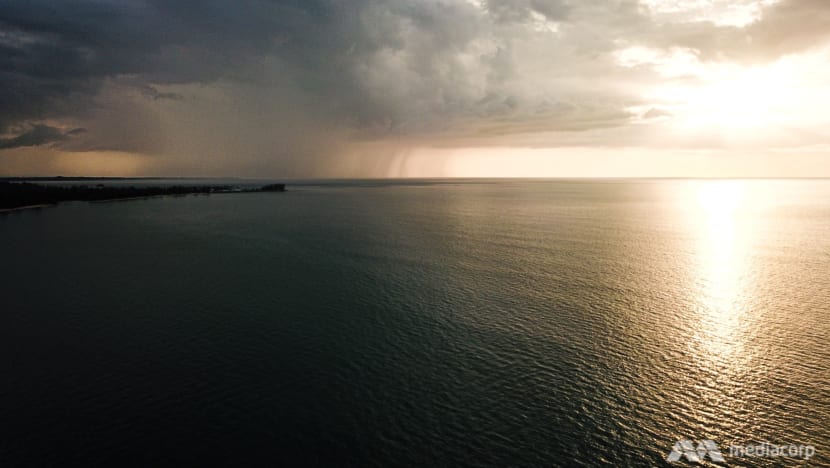
When he goes out to sea to fish, leaving her behind, he says he does not carry fear. But he is aware of his world and the powerlessness that he once felt.
“It’s normal for people to be scared but most of us can cope with it because it’s been 15 years,” said Songkram. “Some of us would rather forget. Now, we live with it. It’s part of our lives."
Additional reporting by Ryn Jirenuwat.














